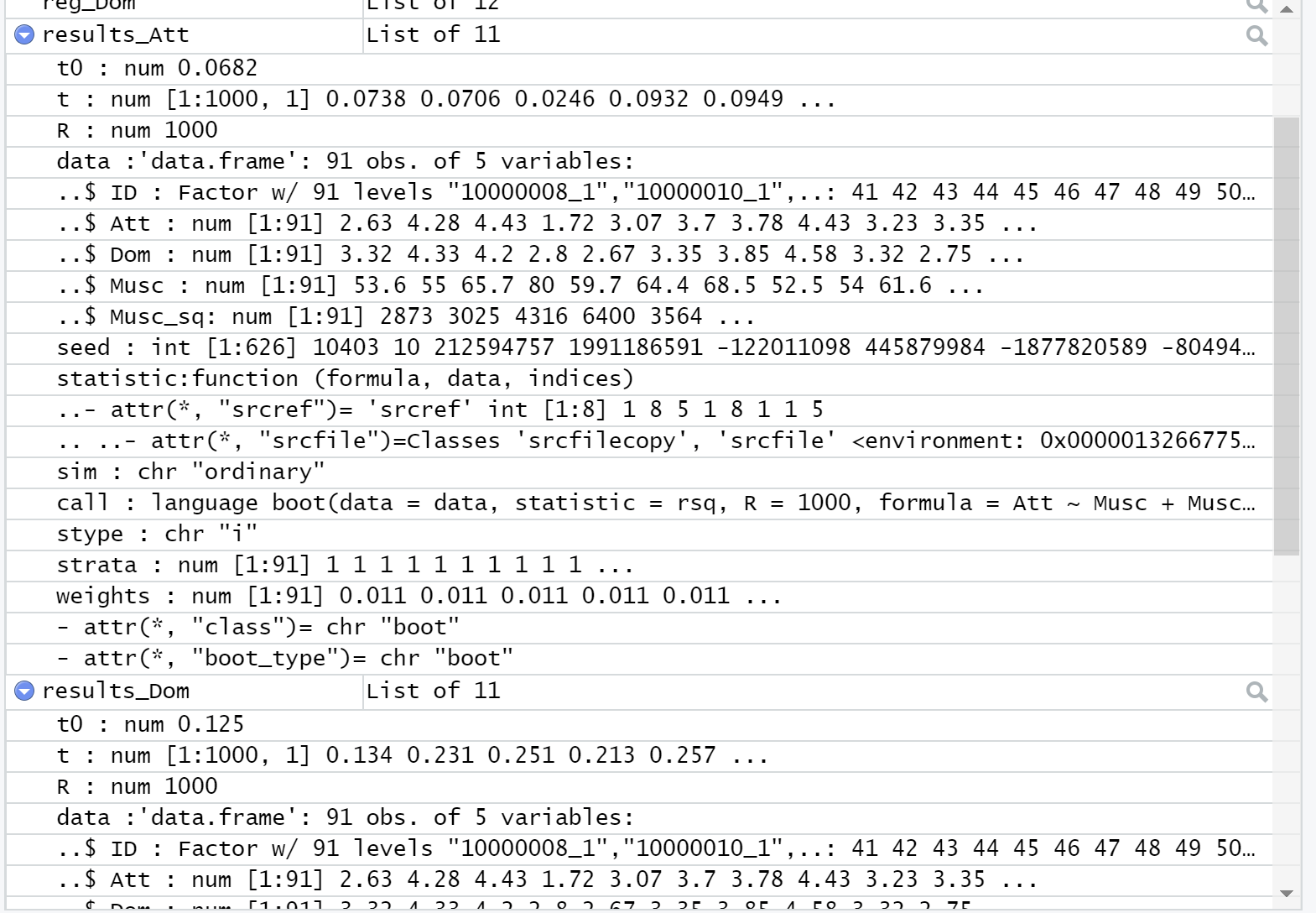

Whenever CI are reported, it is essential to focus on the reported confidence level. A basic rule to remember, the higher the confidence level is, the wider the interval would be. Based on the confidence level, a true population mean is likely covered by a range of values called confidence interval. This isn't, however, the question this problem asks.Confidence intervals (CI) are part of inferential statistics that help in making inference about a population from a sample. Two-tailed test of equality of population means, P = 0.001632. The difference of population means and the P-value for the The Rweb function t.test does this kind of t test andįor this section, we will use the data set for Problem 10.38 in DevoreĪnd Rweb returns, the 95% confidence interval (1.897882, 5.352118) for Small-Sample Procedures for Means (Paired Samples) On-line help are used to do one-tailed tests or test other hypotheses. (nowhere near "statistically significant").Īs always, optional arguments described in the So the same statement that does the 95% confidence interval also does the This is a two-tailed test, and that is what Rweb does by default. Problem 10.20 in Devore and Peck asks for a test of whether there isĪ "significance difference" in population means, that is, the hypotheses are We'll use the same data to illustrate hypothesis tests. (Never say "never", but if there is a "never" anywhere in statistics, This procedure should, rarely, if ever, be used. Since there is rarely, if ever, any reason to believe To do the so-called "pooled t test, which assumes equal On-line help to get other confidence levels or do other procedures. You use optional arguments described in the If you round the degrees of freedom down to 13,

The Rweb look-up of the t critical value is When using a computer! The computer happily handles non-integer degrees To round down to the nearest integer, which is wrong (even silly) MINITAB apparently follows the advice given in the book In the box on page 364 in Devore and Peck, which we can calculateĭf <- (vx + vy)^2 / (vx^2 / (nx - 1) + vy^2 / (ny - 1)) Is using the non-integer degrees of freedom defined by the formula The agreement is not exact, even allowing for rounding, MINITAB mustīe doing something wrong. This agrees more or less with the MINITAB output shown in the book. Type the URL above in the data URL window and submitĪnd Rweb returns, among other things, the 95% confidence interval Rweb has a function t.test that does t tests and Small-Sample Procedures for Means (Independent Samples)įor this section, we will use the data set for Problem 10.20 in Devore Get the answer in the back of the book for a homework problem, youĬan use Rweb as a calculator and for the "normal table look-up" with If for some reason you want the "large sample" procedure, perhaps to Hence, to do things the easy way, go to the The same thing for large n and be more conservative to boot. Use the t distribution for all procedures. The reason is that when using a computer, you might as well use the R has no simple procedure for doing "large sample" procedures for means. Large-Sample Procedures for Proportions Large-Sample Procedures for Means.Small-Sample Procedures for Means (Paired Samples).Small-Sample Procedures for Means (Independent Samples).Rweb in Stat 3011 Home Page Stat 3011 Home Page About the Rweb in Stat 3011 Web Pages Two Sample Tests and Confidence Intervals in Rweb (Stat 3011) Contents Two Sample Tests and Confidence Intervals in Rweb


 0 kommentar(er)
0 kommentar(er)
